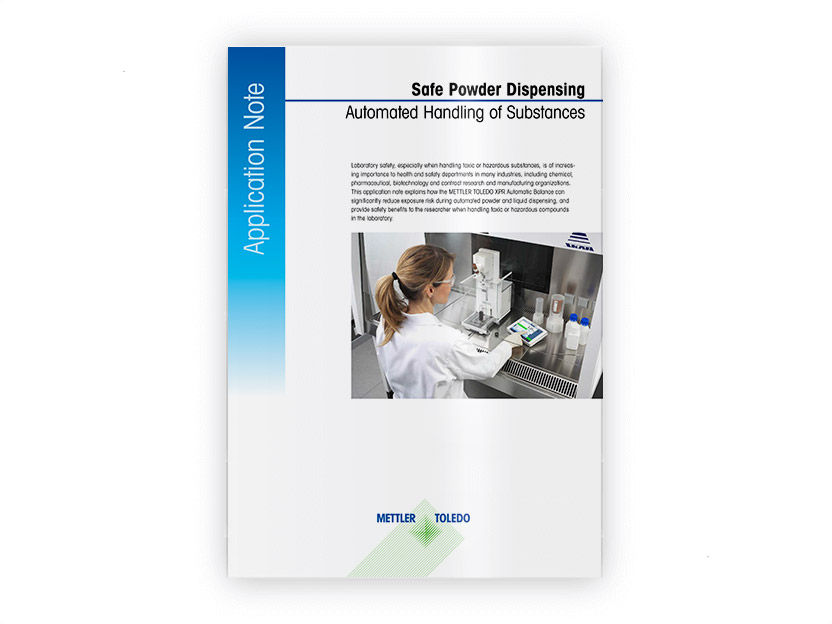Siegfried Group reports drop in revenue
The Swiss-based Siegfried Group achieved sales CHF 321.4 million in 2004. This represents a decrease of 10.2% (in local currencies) or 12.3% in Swiss francs. Adverse market conditions - overcapacity in the chemical / pharmaceutical markets and a falling US dollar - were behind the drop in revenues. The Group achieved good results in the markets for generic products and biological active ingredients. The Sidroga Division also posted increased revenue growth in 2004.
Active in pharmaceutical markets, the Siegfried Division - comprising the Business Units Actives, Generics and Biologics - achieved CHF 289.4 million in revenues; an 11.6% drop in local currencies and a 13.9% drop in Swiss francs. The Siegfried Actives Business Unit (customized synthesis and standard products) felt the full brunt of the global overcapacity in custom manufacturing for the pharmaceutical industry. The falling US Dollar exchange rate also contributed negatively to the results. Thanks to a chemical product launched in 2004 and the solid order backlog in chemical development, capacity utilization is set to rise and a return to growth is expected for the second half of 2005. The excellent results of the Siegfried Generics Business Unit profited from the launch of a major product during the first half of the year. In addition, the Siegfried Biologics Business Unit, which is still in the ramp-up phase, made substantial progress in 2004.
Begun in mid-2004, the reorganization of the Siegfried Division is on track and will result in annual cost savings of CHF 25 million. The majority of the planned job reductions were carried out by the end of the year 2004 and the targeted process enhancements are now being implemented. The Sidroga Division grew by 5.7% to achieve CHF 32 million in sales. Strong performance during the second half in 2004 compensated for the negative effects in the pharmacy sector due to the German health reforms introduced last year.
Other news from the department business & finance

Get the chemical industry in your inbox
By submitting this form you agree that LUMITOS AG will send you the newsletter(s) selected above by email. Your data will not be passed on to third parties. Your data will be stored and processed in accordance with our data protection regulations. LUMITOS may contact you by email for the purpose of advertising or market and opinion surveys. You can revoke your consent at any time without giving reasons to LUMITOS AG, Ernst-Augustin-Str. 2, 12489 Berlin, Germany or by e-mail at revoke@lumitos.com with effect for the future. In addition, each email contains a link to unsubscribe from the corresponding newsletter.
Most read news
More news from our other portals
See the theme worlds for related content
Topic world Synthesis
Chemical synthesis is at the heart of modern chemistry and enables the targeted production of molecules with specific properties. By combining starting materials in defined reaction conditions, chemists can create a wide range of compounds, from simple molecules to complex active ingredients.

Topic world Synthesis
Chemical synthesis is at the heart of modern chemistry and enables the targeted production of molecules with specific properties. By combining starting materials in defined reaction conditions, chemists can create a wide range of compounds, from simple molecules to complex active ingredients.
Last viewed contents
NONMEM

New method increases energy density in lithium batteries
P-Xylene_(data_page)

Minimized user exposure with safe powder dispensing - Safety benefits of automated substance handling
Hydrogen_leak_testing
Category:Promethium_compounds
Ivan_Knunyants
Supramolecular_assembly
Ultrashort_pulse
Uranopilite
























































